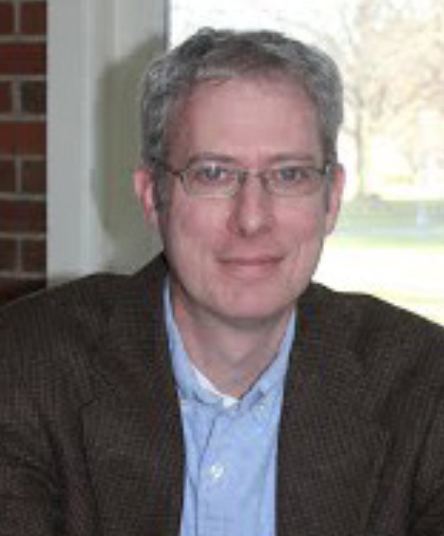By Gopika Nair, Editor-in-Chief
By many indicators, Latin America has the most unequal distribution of wealth in the world.
Some have termed Latin America’s uneven distribution “the birth defect of in- equality because it dates back to at least colonization,” said James Franklin, professor of politics and government at Ohio Wesleyan University.
Franklin discussed Latin America’s political pendulum as part of the Great Decisions lecture series March 10. He used the analogy of a pendulum to explain the back and forth trends of the recent political shifts in Latin America. Because of the legacy of inequal- ity in Latin America, political systems were weak. When Latin America countries gained independence, the region experienced “cha- os without centralized control,” Franklin said. He compared Latin America’s post-in- dependence era to that of Afghanistan’s and Congo’s current situations.
Later, as Latin America became more stable and urbanized, large groups of people remained unrepresented and inequality persisted. From the 1930s to the 1950s, a new type of leader, the populist, emerged, Franklin said.
“They carried some of the characteristics of the caudillo, the forceful man in charge who would come in and set everything right,” Franklin said.
Populists were nationalistic and decried foreign powers, especially the U.S., and foreign businesses, arguing they were trying to manipulate Latin America, according to Franklin. Populists believed in an activ- ist government, promising to work for the people.
The Cold War era, in particular, was important in Latin American history. Fidel Castro and Che Guevara, who led the Cuban revolution, promised that revolution would put an end to region-wide inequality.
But the revolution as the solution for inequality proved false, Franklin said. In most cases, plans to overthrow the elite failed and poor peasants were caught in the cross re of civil wars.
The 1980s and 1990s saw major changes in Latin America, including the rise of democracy. More recently the pendulum swung toward neo-liberalism.
Chile and Brazil are examples of a successful shift to neo-liberalism, where growing economies followed a market-oriented approach. But in many other countries, neo-liberalism led to unemployment. The poor continued to believe they weren’t being represented by anyone in the capital, Franklin said.
Populist leftist leaders, such as Hugo Chávez and Nicolás Maduro (Venezuela), Evo Morales (Bolivia) and Rafael Correa (Ecuador), came into power with the inten- tion of helping the poor.
These leaders railed against corrupt elites, neo-liberalism and the opposition, Franklin said. They were also critical of the news media. The public had concerns about corrup- tion, growing signs of authoritarianism and weakening of checks and balances within the populist leaders’ countries. But the leaders lowered poverty and inequality rates while in power.
“Research in comparative politics shows that people with a more stable economic environment … tend to put more emphasis on things like honest government and rights and freedom,” Franklin said.
Ken Doane, of Delaware, said he learned a lot about the countries in Latin America from Franklin’s talk and it made him curious to learn more.
“The difference between the neoliberal left and ultra-left and how some countries have gone back and forth between the two [was interesting],” Doane said.
